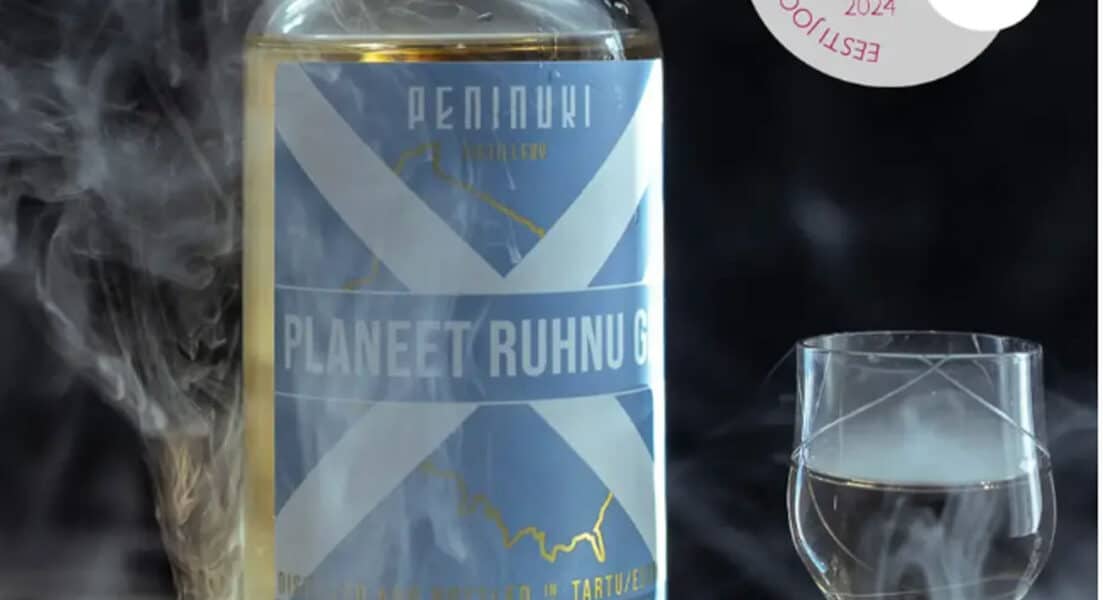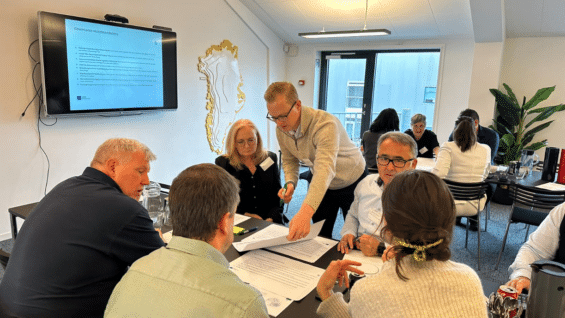Developments of innovative and sustainable seaweed farming on Ruhnu island in Estonia
In recent years, there have been several success stories that show significant progress in developing the blue economy in Estonia. Scientists from TalTech, the University of Tartu and Estonian University of Life Sciences agree that pioneering sustainable seaweed farming in Estonia’s remote waters is an innovative approach to both environmental conservation and economic development. Seaweed farming has the potential to play a pivotal role in combating climate change, enhancing marine biodiversity, and providing a sustainable source of food and biofuels. In collaboration, new algae and shellfish farms will soon begin operations, helping to strengthen local coastal communities and support the maintenance of the balance of the Baltic Sea ecosystem.
Pilot cases from seaweed farming in Saaremaa, Estonia’s largest island, have presented a high potential and unique opportunity to harness the region’s rich marine resources while promoting sustainability. Saaremaa has become a leader in seaweed farming, balancing economic growth with environmental preservation other regions are not lagging.
On Estonia’s most remote island of Ruhnu, a remarkable blue economy initiative is awakening. Ruhnu is a small island located in the Baltic Sea. It is known for its natural beauty, rich history, and unique cultural heritage. Ruhnu is one of the sunniest places in Estonia, and the Gulf of Riga has enough nutrients, which are good prerequisites for growing algae. A new company there, called Planet Ruhnu specializes in cultivating two local species, one of them being bladderwrack (Fucus), a native seaweed species harvested from the pristine waters surrounding the island. The farm operated by Planet Ruhnu functions as a natural biofilter, removing excess nutrients from the sea. Each hectare of seaweed cultivation effectively removes nitrogen and phosphorus while producing oxygen and serving as a carbon sink, demonstrating how blue economy initiatives can simultaneously address climate challenges and create economic opportunities. For Ruhnu’s small population, the farm provides new, year-round employment opportunities that align with their maritime heritage. As the Planet Ruhnu founder Mihkel Urmet highlights that “we were once seal hunters and now we are seaweed farmers”. However, the fact is that seaweed has been used on Ruhnu for centuries, which is why some of the roads on Ruhnu are named after the transportation of seaweed. New ways for employment related to seaweed farming offers skilled positions in a forward-looking industry that allows residents to remain on their beloved island rather than seeking work on the mainland.
While companies in Saaremaa focus mainly on producing powder and gel from Furcellaran used mainly in cosmetics and confectionery Planet Ruhnu has taken a little bit different approach. Their first commercial product is a seaweed gin crafted from locally harvested bladderwrack. This premium spirit captures the essence of the island. As Mihkel describes: “a salty breeze on your lips, your feet in the beach water—a gin made from local algae, crisp in the Nordic style with mineral notes from the sea—each sip will take you to the paradise beach of Ruhnu for a journey of the mind.”
The gin represents more than just a novel idea for product development; it’s a tangible connection to Ruhnu’s maritime culture and a demonstration of how traditional knowledge can be transformed into modern enterprise. Each bottle tells the story of the island’s unique environment and the community’s commitment to preserving it. The gin started it all, but as Mihkel points out that “there are more products coming soon”. With the help of scientists Planet Ruhnu is ready to start growing seaweed in the coastal waters of Ruhnu and Mihkel has several food related prototypes from seaweed already tested that soon will be started to be produced. It is also important to mention that in 2024, Saaremaa, Muhu and Ruhnu islands were nominated Estonian Food Region for one year. As part of this, the Estonian Chef of the Year and Young Chef of the Year competitions were held where seaweed from Ruhnu was one of the mandatory ingredients.
For more info please visit: https://planeetruhnu.ee/en







